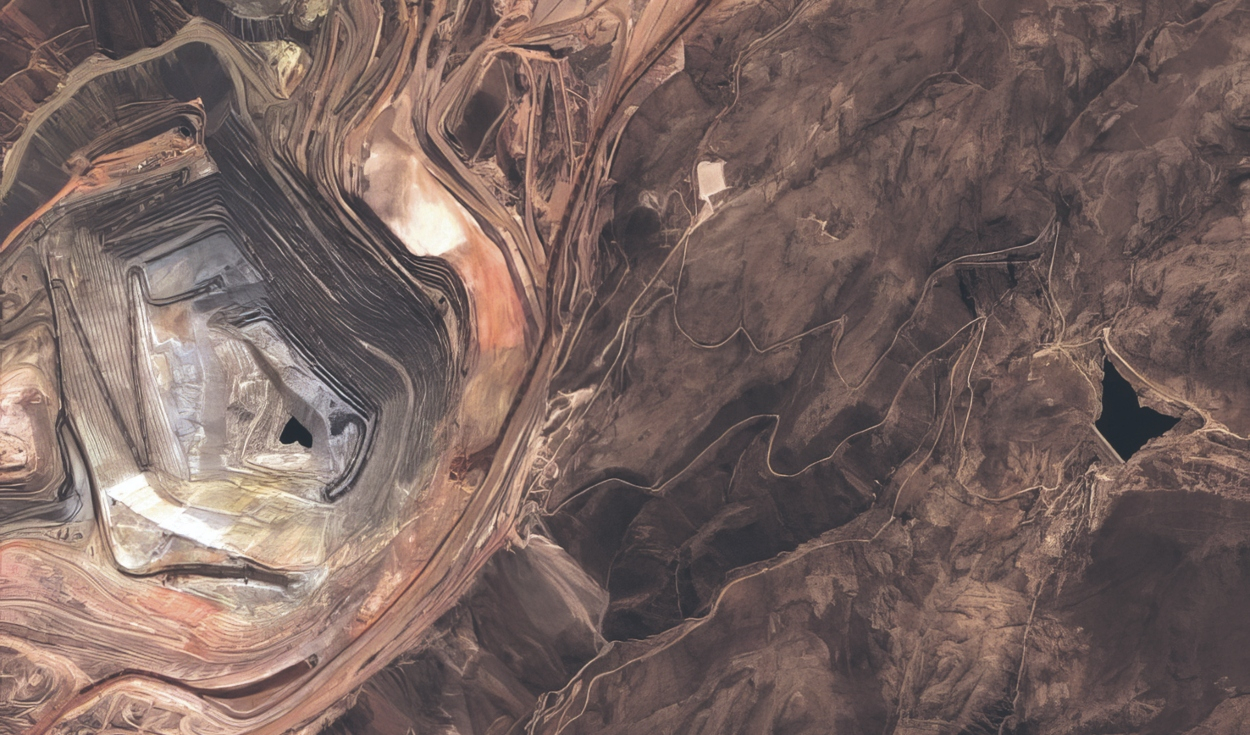
Tía María, the emblematic copper project of Southern Peru in Arequipa, it will begin operations in 2027, and not in 2029, as the company itself had predicted in February 2022, the date on which it also raised the mine’s production forecast from US$1.4 billion to 123,000 tons annually.
During his presentation at the XV International Mining Meeting Symposium, organized by the National Society of Mining, Petroleum and Energy (SNMPE), The vice president of Finance of Southern Peru, Raúl Jacob, said that the Mexican-owned company has made great progress in the area of influence, with “good results” and a “climate of certain tranquility” for the development of activities.
As it is remembered, Prime Minister Gustavo Adrianzén visited the White City last April to supervise progress in the Majes Siguas irrigation project, an occasion he took advantage of to highlight the qualities of the open pit mine embedded in the right bank of the Tambo River, near the valley of the same name.
“We aim for it to start operating in 2027 and we continue to move forward to start construction. There are 120,000 tons of copper per year that Tía María will provide. Possibly, this figure will be readjusted when construction begins,” said the senior executive.
The head of Energy and Mines, Rómulo Mucho, had declared in a conference for local and foreign journalists that the construction time of Tía María should not exceed 2.5 or 3 years.
However, he clarified that the delay at this time corresponded to the company – which had previously anticipated the start of construction between the end of 2024 and the beginning of 2025 – since Southern had not approached the Government to officially announce the start-up.
In statements to La República, Jacob noted that the company has a portfolio of no less than 500,000 MT of the red metal that will contribute to Peru reaching 4 million MT each year, higher than the current forecast for 2024 of 3 million MT. This would also allow it to recover the second tier of global suppliers behind Chile, a place currently occupied by the Congo.
The social component
In 2009, Tía María was paralyzed due to problems associated with its Environmental Impact Study (EIA). In 2014, the Government and the company presented another. For this reason, the project has not yet left the “detail engineering” stage. Although for Minem everything is resolved, a controversy persists around the impact on local agriculture.
Southern currently has two open pit operations in Peru: Cuajone (Moquegua) and Toquepala (Tacna). As of December 2022, the reserves of both mines represented 43% of the firm’s total deposits.
The net profit of the Southern branch in Peru in 2023 was US$1,261.3 million compared to US$1,255.8 million in 2022, due to “greater production and lower purchase costs of concentrates, fuels and others”, which compensated for a relative drop in income during the first half of the year, as reported to the Superintendence of the Stock Market (SMV).
Southern’s mining plan in Peru
In addition to Tía María, Southern Perú’s mining investment portfolio includes the Michiquillay (Cajamarca) projects for US$2.5 billion, and Los Chancas (Apurímac) for US$2.6 billion. Both copper.
It also has a pending expansion of Cuajone for US$871 million, and of its old foundry in Ilo for US$1,354 million.
Source: Larepublica
Alia is a professional author and journalist, working at 247 news agency. She writes on various topics from economy news to general interest pieces, providing readers with relevant and informative content. With years of experience, she brings a unique perspective and in-depth analysis to her work.












